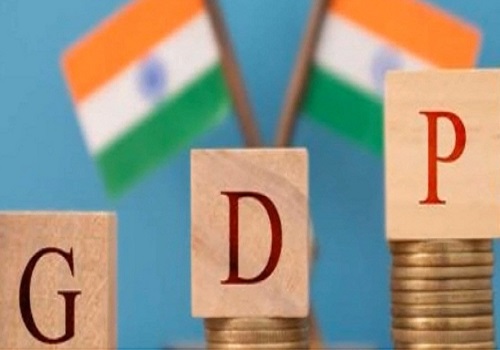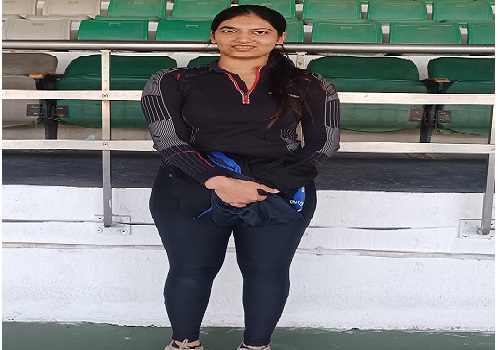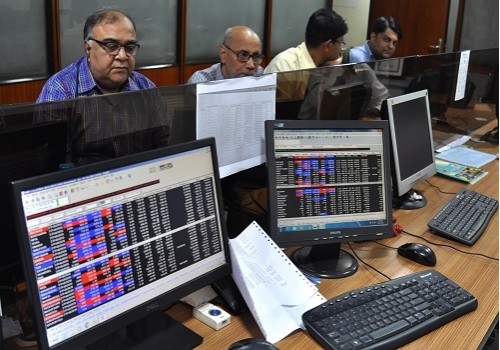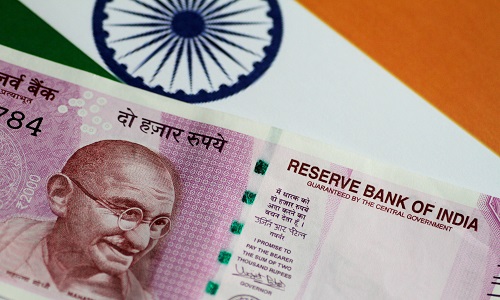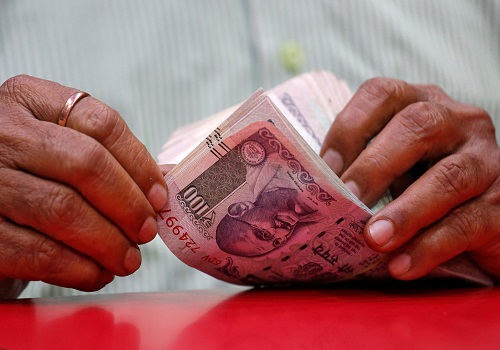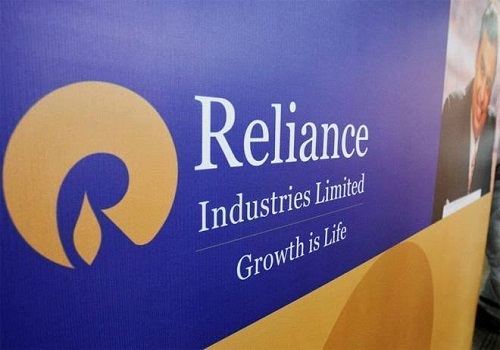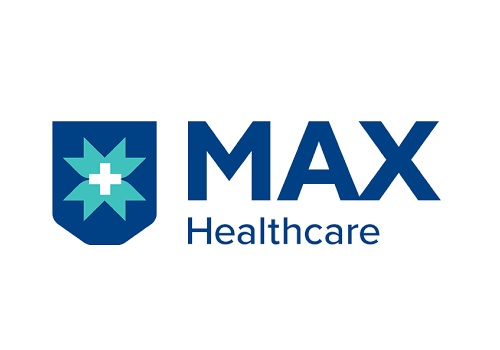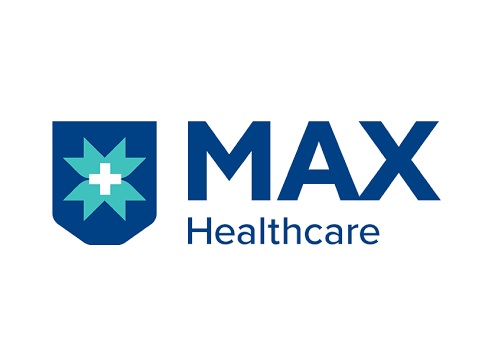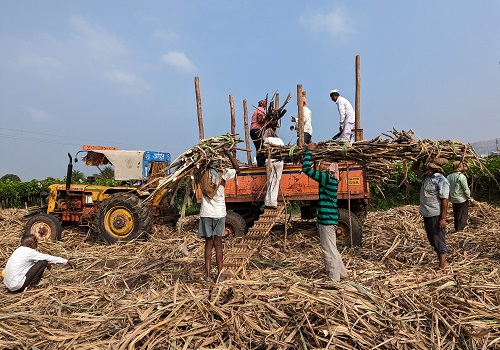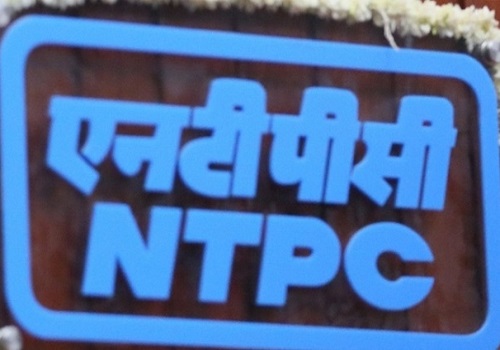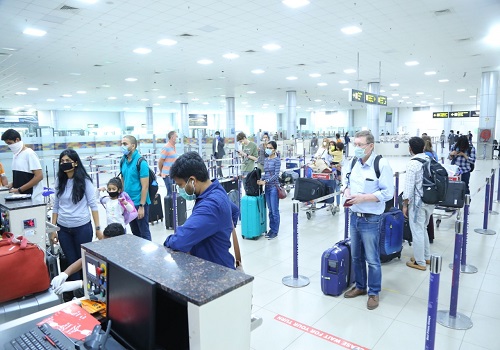Higher allocation, duty cuts, subsidised loans: Healthcare sector demands

Follow us Now on Telegram ! Get daily 10 - 12 important updates on Business, Finance and Investment. Join our Telegram Channel
https://t.me/InvestmentGuruIndiacom
Download Telegram App before Joining the Channel
With Covid-19 proving a country is as strong as its healthcare systems, the sector needs increased outlays in the upcoming union budget for healthcare expenditure, research and also for critical care infrastructure in rural areas as well, said industry officials.
"The healthcare sector, ravaged by an ongoing pandemic, demands increased outlays in healthcare expenditure, investment in research & innovation, and funds for the development ofA suitable resources to strengthen the monitoring system of the public health system as a whole," said Dr. Alok Roy, Chair, FICCI Health Services Committee and Chairman, Medica Group of Hospitals
He said the Centre's budgetary allocation to the healthcare sector should be increased to at least 2.5 per cent of the gross domestic product (GDP) to bridge several gaps that currently exist in the system.
Healthcare funding through subsidized loans specially in Tier II and III cities need to be provided for as this shall help to reactivate the healthcare infrastructure sector which will further boost other supporting industries.
"One weakest link that has been crying for support is emergency and ICU (intensive care unit) care in rural areas. We all know that quality ICU services are barely available in rural areas across the states in the country," said Dr Raja Amarnath, Managing Director of CIPACA.
The CIPACA is a six-year old healthcare organisation that has been pioneering in the establishment and management of ICUs in rural hospitals.
Any patient from a village or remote area to reach district headquarters for emergency care takes about 1-1.5 hrs (120 min on average). So that golden hour is lost for emergency patients and doctors are unable to save the lives of those people. Even district headquarters in several states don't have quality ICU care support, Amarnath said.
About 70 per cent of India's population lives in rural areas. But only 30 per cent of ICU infrastructure is available in these areas, while the remaining 70 per cent is in metros and cities.
The government has to come forward to support hospitals and healthcare organisations that are building ICU care in rural areas by cutting down the taxes, guaranteed loans for rural emergency and ICU care organisations, Amarnath added.
On their part, the medical devices industry body Association of Indian Medical Device Industry (AiMeD) wants the Finance Minister Nirmala Sitharaman to hike the basic custom duty on imported devices to at least 15 per cent from current 0-7.5 per cent duty though WTO Bound rate is mostly 40 per cent.
"Due to such low custom duty India is importing Rs 46,000 crore of medical devices and is over 80 per cent import dependent," Rajiv Nath, Forum Coordinator, AiMeD said.
Alternatively, the government needs to put an additional two per cent Infrastructural Development Cess on imports that could be used to promote domestic manufacturing of medical devices.
Nath said, the purpose of low duty was to help consumers get affordable access to devices.
"Customs recording of MRP on Bill of Entry will assist to bring in data generation for policy making by evidence of a Trade Margin Rationalization policy for the Manufacturer / Importer so that there is a capping of maximum four times on the Ex-factory price on import landed price (at first point of sale viz. when GST/ Import Duty is first levied on entering into the market)," Nath added.
Emphasis should be placed in creating an ecosystem which will drive manufacturing within the country. More medical device parks like IT parks need to be built, said Roy.

